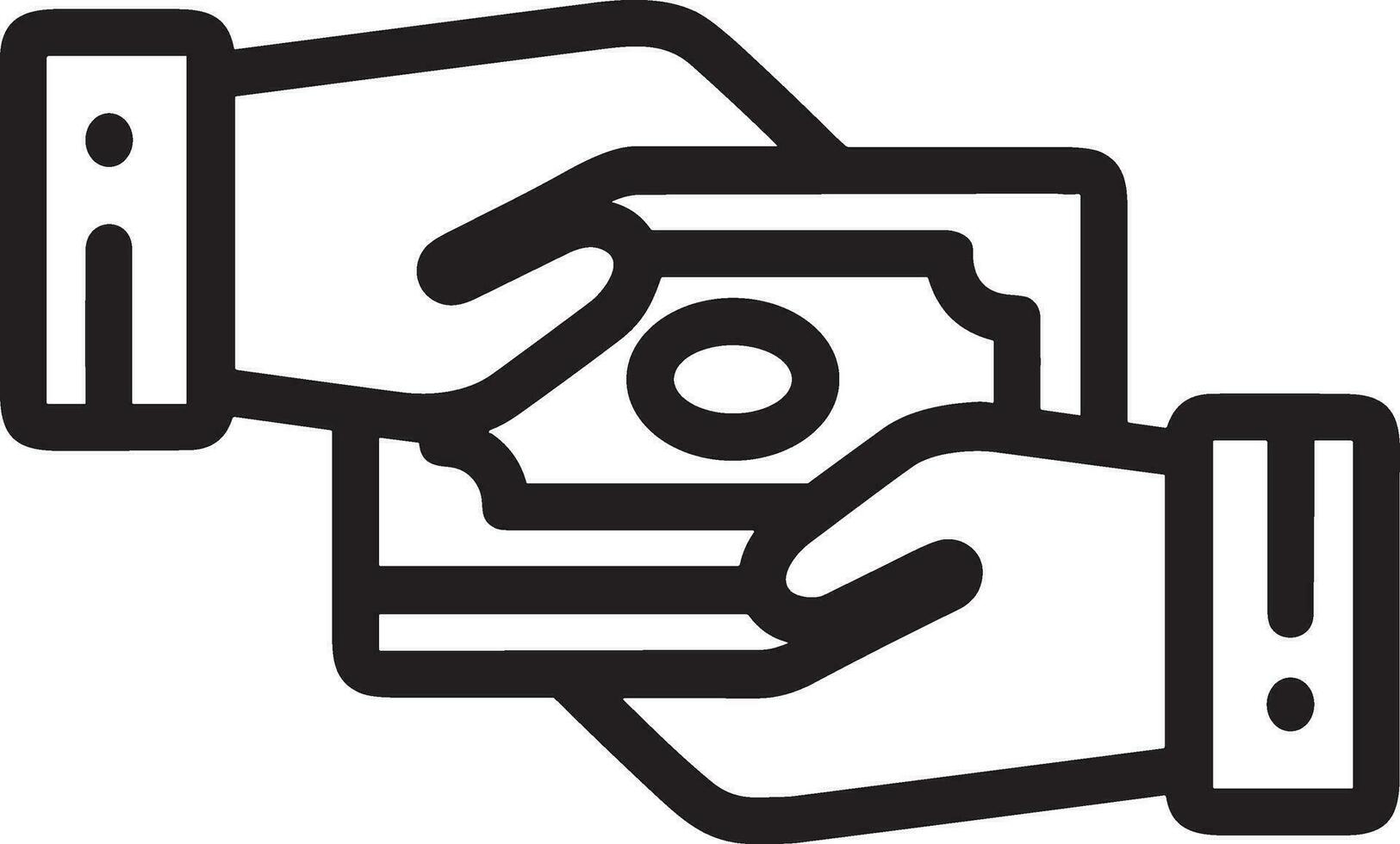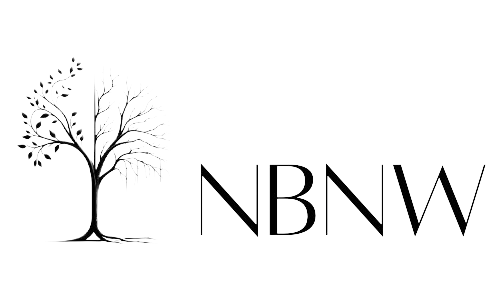August 2025 $1,390 Stimulus Update
By Asmita - Aug 14, 2025
Millions of Americans await a $1,390 stimulus check in August 2025, contrary to rumors of a $2,000 payment. Eligible recipients must meet income thresholds and have filed taxes previously. The tax-free payment aims to assist with rising living expenses for low- and middle-income households, without affecting benefits like Medicaid or SNAP. Some states offer additional relief payments, but proposed legislation for worker rebates faces challenges in Congress. Recipients can track payments securely through official IRS resources and are urged to be cautious of phishing scams.

Payment icon via Vecteezy
Millions of Americans are anticipating stimulus payments in August 2025, but the landscape of federal financial aid is nuanced. Contrary to rumors about a $2,000 stimulus check, the ,[object Object], has clarified that no such payment is scheduled for August 2025. Instead, a targeted and approved stimulus payment of $1,390 is set to assist low- and middle-income Americans dealing with rising living costs. This one-time payment is designed to support households struggling with rent, utilities, and other essential expenses. Notably, this stimulus is tax-free and does not affect benefits like Medicaid, SNAP, Social Security, Veterans Affairs, or Railroad Retirement benefits, making it accessible to many recipients who rely on these programs.
To be eligible for the $1,390 stimulus check, individuals must have filed their tax returns previously and meet income thresholds that generally align with past relief efforts: under $75,000 for single filers, $150,000 for joint filers, and $112,500 for heads of household. Those receiving Social Security, ,[object Object], (SSI), Social Security Disability Insurance (SSDI), or Veterans Affairs benefits also qualify. Payments will be distributed via direct deposit, paper checks, or ,[object Object], (EIP) debit cards, based on ,IRS, records, starting in late summer 2025 and continuing gradually.
Apart from the federal stimulus, some states like New York, Georgia, and Alaska are distributing separate relief payments—ranging up to $1,702—to residents according to state-specific eligibility criteria. For example, Alaska offers payments from oil revenues, while California’s Sacramento pilot program provides monthly aid to qualifying families with young children. Additionally, proposals such as the ,[object Object], of 2025, which suggested $600 rebate checks for workers, have been introduced but face challenges in Congress and are unlikely to become law this year.
Tracking the status of stimulus payments can be done securely through official ,IRS, resources. However, the "Get My Payment" tool is no longer available for checking ,Economic Impact Payment, status, since the ,IRS, has completed its primary distributions for earlier stimulus rounds. Instead, recipients are advised to access their ,IRS, online account to view payment details safely. It is important to avoid phishing scams by using only official ,IRS, websites and trusted government portals. Payments can be tracked by logging into the ,IRS, portal or monitoring bank accounts for direct deposits or mailed checks. Vigilance against fraud and misinformation is critical during this period.


